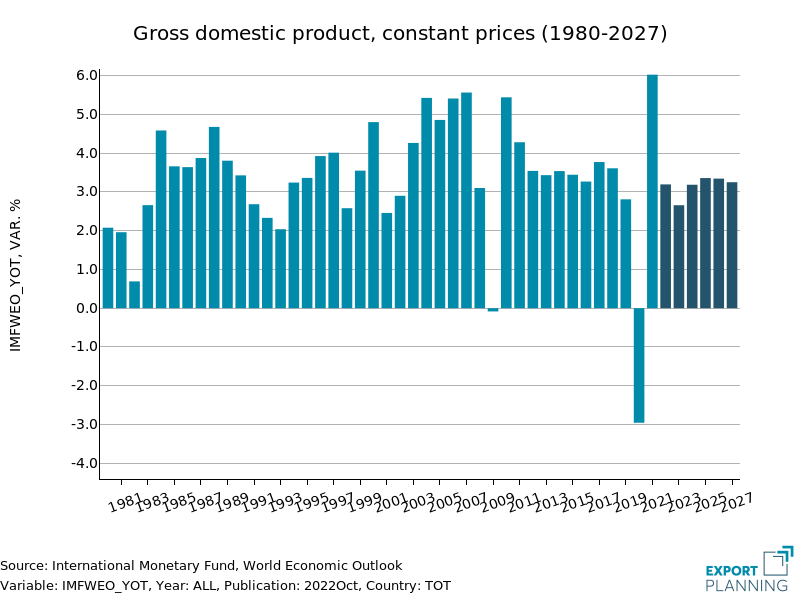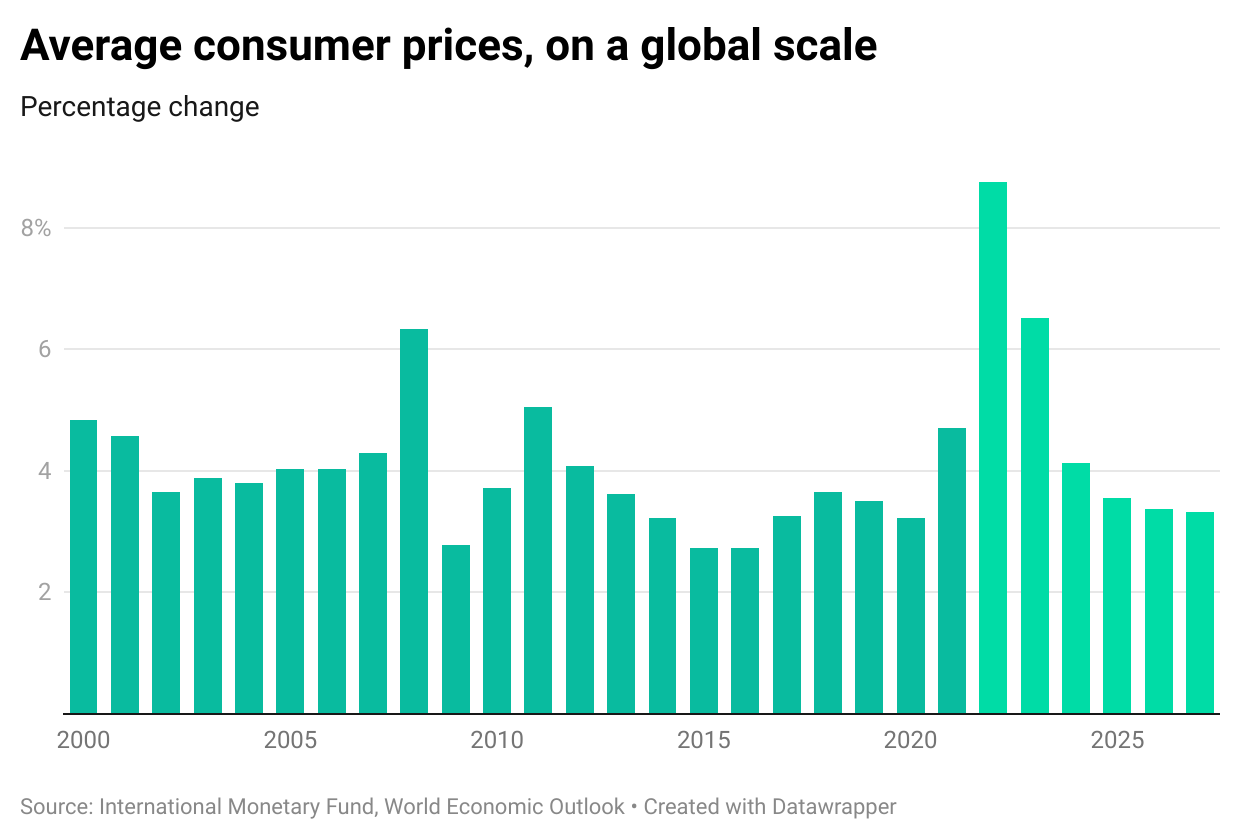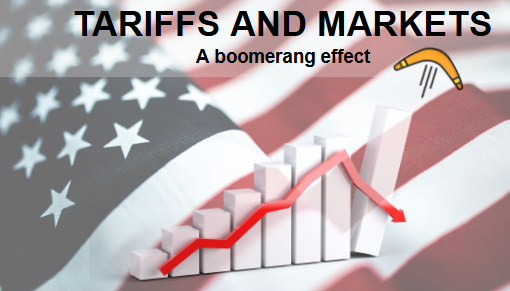World Economic Outlook: global economy slows down, amid uncertainty and inflation
Published by Alba Di Rosa. .
Asia Eurozone IMF Central banks Macroeconomic analysis Uncertainty United States of America Global economic trendsOctober saw the publication of the latest edition of the World Economic Outlook, a scenario released twice a year by the International Monetary Fund (IMF), which provides an analysis of economic developments on a global scale in the short and medium term.
The key message emerging from the new Outlook is that the global economy is in the midst of a slowdown more significant than expected, as well as a climate of general uncertainty.
The factors weighing on the scenario focus on several fronts:
- inflation, which is reaching its highest peaks in decades;
- monetary policy: most central banks are in fact proceeding with rate hikes to encourage price normalization;
- Covid-19 and the Russia-Ukraine conflict, which remain sadly on the scene.
Economic growth slowdown
Let us first look at the data on gross domestic product on a global scale. After a rebound of 6% in 2021, the Fund forecasts a slowdown in the pace of growth of the world economy to 3.2% for the current year, and to 2.7% in 2023: in both cases, the estimates have been revised downwards compared to the previous April scenario.
In particular, advanced economies are expected to slow from 2.4 % in 2022 to 1.1 % in 2023, while GDP growth is expected to remain stable at 3.7 % for emerging and developing economies in 2022 and 2023.
The IMF points out that the projected growth rate for world GDP next year is the weakest since 2001, excluding of course the year of the Covid shock and the 2009 financial crisis.

In all likelihood, one third of the world economy will experience a contraction this year or in 2023. These countries include Italy and Germany, for which a GDP contraction is expected next year: -0.2% for Italy and -0.3% for Germany.
For the Eurozone as a whole, a moderate growth rate of 0.5% is forecast for 2023: this is therefore a substantial stalemate in terms of economic growth - a stalemate that the Monetary Fund predicts could also affect the US and China, the world's two largest economies.
Against this backdrop of weak growth, the energy crisis is weighing on the Eurozone; on the Asian front, China is marked by the crisis on the real estate front and its frequent lockdowns. China's zero-Covid policy is estimated to be weighing on the country's economy, especially in Q2-2022. Given the size of the Chinese economy and its key role in global value chains, the situation in the Asian economy is expected to weigh significantly on foreign trade and economic activity on a global scale.
The inflation danger
Alongside slowing economic growth is the inflation warning. Recent price growth dynamics have in fact turned out to be larger and more persistent than expected, especially in advanced economies, and a primary focus of attention for policymakers, posing a significant threat to real incomes as well as overall macroeconomic stability.
Inflation on a global scale is now at its highest point since the early 2000s: the IMF estimates that it may reach 8.8 % in 2022, and then give way to a partial slowdown in 2023 (6.5 %) and 2024 (4.1 %), incorporating the effects of generally restrictive monetary policies and lower energy prices.

A glance at foreign trade
Finally, looking at data on foreign trade flows, the IMF forecasts a growth in international trade volumes of goods of 2.9% for the current year, slowing down from +10.8% in 2021. In 2023 growth rates could further slow down, and the increase in flows would be limited to 2%.
Recent ExportPlanning data on quarterly world trade indicate, in particular, that global exports have entered negative territory (Quarter on Quarter growth rate) in Q3-2022, after the substantial increase recorded in Q2, thus signalling a potential reversal of the trend after a strong growth during the first half of the year.


